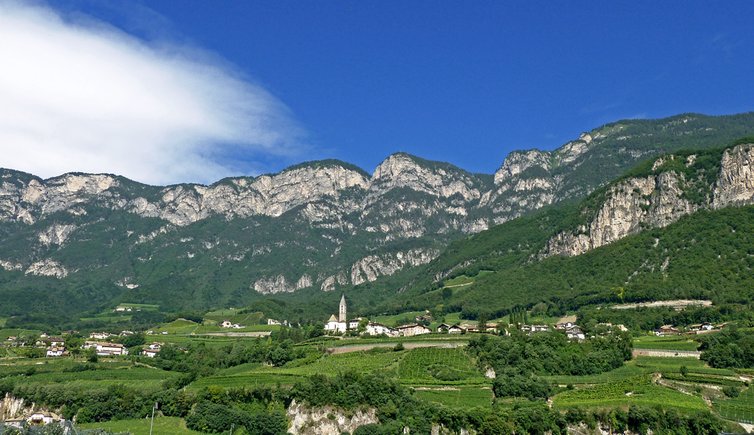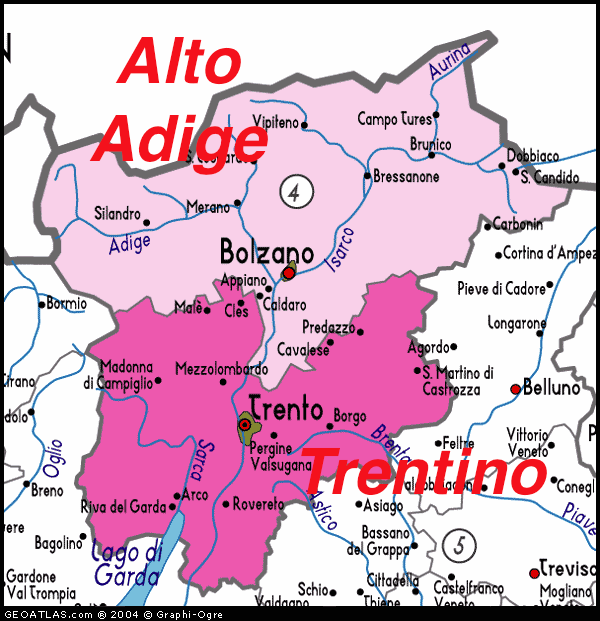I apologize for the lack of posts the past couple of weeks. Real life obligations and a sick cat have kept me away from the blog! I do appreciate you all still visiting it while I'm away, though. However, just because I was away doesn't mean I wasn't drinking wine!!
I started our month of Chardonnay with a couple of wines from Burgundy, France. The grape originates from this region and this area sets THE standard for Chardonnays around the world. If your Chardonnay comes from Burgundy, you will see or hear the term White Burgundy used, or if the wine hails from the Chablis AOC, it will be termed Chablis,
Burgundy is a wine region in southwest France that is made up of six smaller regions: Chablis, Cote de Nuts, Cote de Beaune, Cote Chalonnaise, Maconnais, and Beaujolais. The last five are arranged in a north-south(ish) orientation that follows the Saone river. Chablis is all by itself about sixty miles to the northwest. I haven't quite figured out the rules for this area - I think I'll explore that in another post - but some sources say that Chablis and Beaujolais are no longer part of Burgundy and some say they are.
 |
| Here's a neat little map of the region, minus Chablis |
The first thing I learned about White Burgundies is that they are mostly out of my price range for this project - I spent a long time in the wine store debating with myself if I should fudge the limit and go up a few dollars to include one, or if I should just stick with the sub $15 rule. I decided against breaking the rule - I had already done it with one of the Zinfandels last month (Oppolo) and I knew there were so many Chardonnays out there, that I should just stick with finding the good ones under my limit.
 I did manage to find two - both from the Maconnais region. The village-level wines are typically lower in price and are said to be typically unoaked or less oaky/oily/buttery than other Chardonnays. I picked up at 2013 Louis-Jadot Macon Villages and a 2013 Cave de Lugny Macon-Lugny Les Charmes. With these two in hand, I had high hopes for my exploration into lower end White Burgundy.
I did manage to find two - both from the Maconnais region. The village-level wines are typically lower in price and are said to be typically unoaked or less oaky/oily/buttery than other Chardonnays. I picked up at 2013 Louis-Jadot Macon Villages and a 2013 Cave de Lugny Macon-Lugny Les Charmes. With these two in hand, I had high hopes for my exploration into lower end White Burgundy.At first, I was really disappointed by these two wines. Both reminded me of Pinot Grigio: they are bright tasting, with some citrus notes. The Louis Jadot also has some apple on the nose, with a deeper, perhaps nuttier note. I also got some mineral on the palate of the Macon-Lugny. I was thankful that they were nothing like what I hate about Chardonnay, but at the same time I was hoping they would be totally different from what I've tasted before.
Then I started reading tasting notes on various websites and the literature at both wineries website - both wines are described as having a "full-mouth" feel and that there are some lingering buttery notes on the palate at the end. Well both are descriptors for Chardonnays and I really thought the reviews and notes were full of shit. Then I got anxious and thought maybe these wines were too complicated for me. Maybe I'm not ready for anything out of France!!
I went back to both wines and tasted again - really concentrating on figuring out the full-mouth feel that others had noticed. It took some time, but I got it. It was really subtle with both wines, but it was there. Its hard to describe, but about mid-palate you sort of notice that the flavor is all over your mouth, not just on your tongue. Even typing this out, I think it sounds a bit ridiculous....but, to me, that's what it feels like. Also during this second tasting, I noticed that the Louis Jadot's bright notes lingered on my tongue longer than the Les Charmes. I think this may be those buttery notes - so its not really a taste (yes, I was trying to see if the wine tasted like butter), but more of a lingering in your mouth like butter DOES.
Personally, I'd recommend the Louis Jadot over the Macon-Lugny. However, since both were kind of at the top of my budget, I think the next time I would pick this up would be to go with a good dinner or a wine party with good cheeses. There is a lot going on with both these wines, so you need to spend time with them and probably find food that will bring out all their subtleties.



























